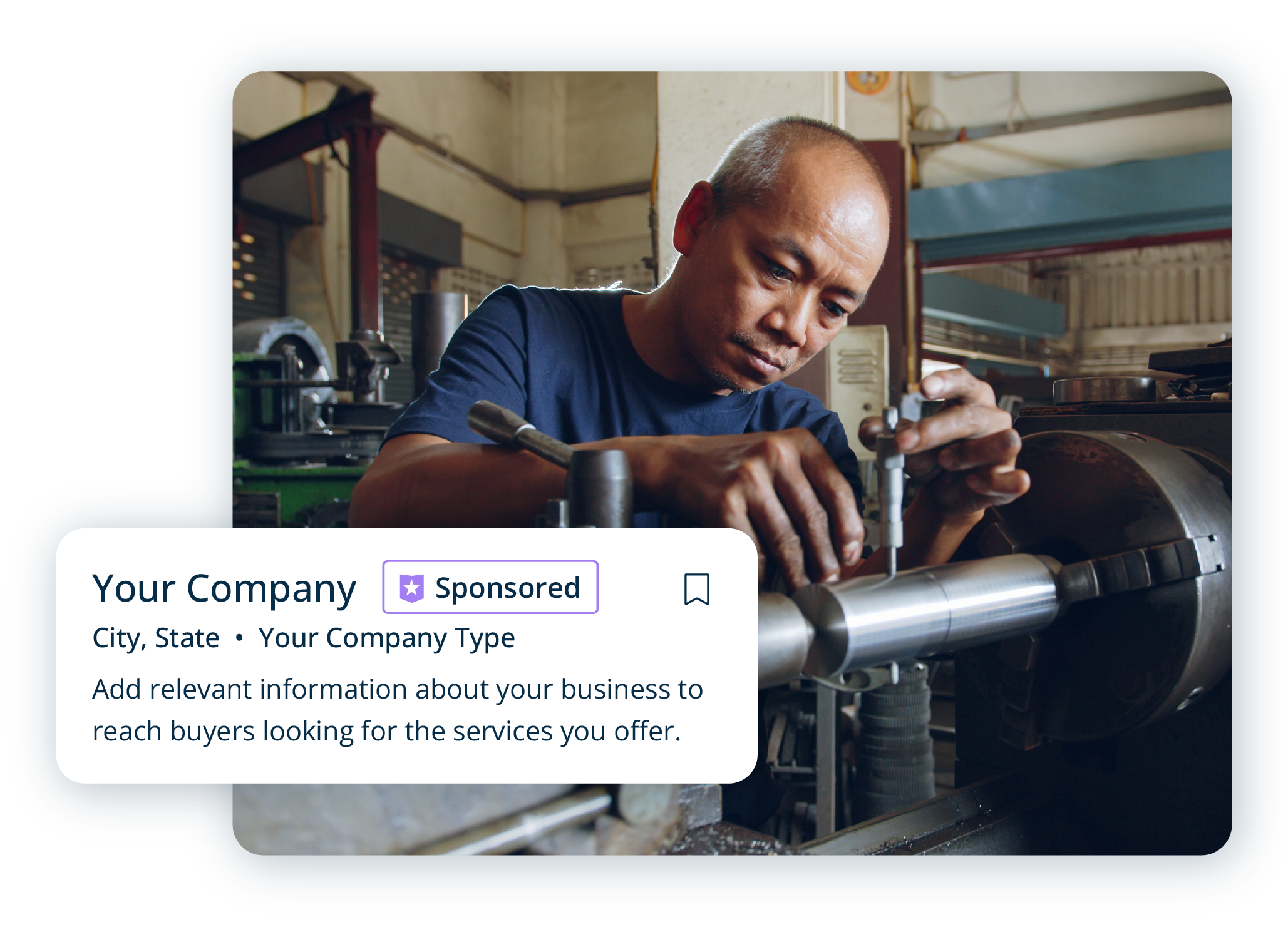2016 Industrial Marketing Year in Review
Shelagh Dolan December 15, 2016
In the world of marketing, things are constantly changing.
From amorphous Google algorithms and updated UX designs to effective emailing and retargeting methods, there is no shortage of strategies to try — especially as the industrial space continues to catch up with the rest of the B2B marketing space.
As we begin preparing for what’s to come in 2017, we wanted to take a look back at some of the biggest trends we’ve seen over the past 12 months and their impact on your business.
Without further ado, here’s our 2016 year in review.
Content Is Still King
The days of cold calling are gone. In today’s world, buyers are much more informed, often researching and vetting suppliers long before ever contacting them. It’s therefore critical to get information about your business in front of the right people at the right time. As content marketing evangelist Joe Pulizzi puts it, “[Content marketing] is the art of communicating with your customers and prospects without selling.”
Buyers want to work with suppliers who are experts in their field. Pushing out loads and loads of helpful, informative content — with different pieces geared toward different stages of the buyer’s journey — will help to brand you as this trusted expert. With the right content marketing strategy, the leads will find you.
Providing items such as guides, product sheets, and case studies can also help you vet prospects and turn them into your customers more quickly.
SEO and PPC Are Never Stagnant
The majority of your customers are going to start their process with a Google search, so it’s important to rank high in the results for the right keywords to maximize the traffic to your site.
The tricky part is that Google makes daily updates to its algorithm and the way it evaluates information. Factors that didn’t used to matter, such as site responsiveness and mobile compatibility, now give your pages a significant boost in organic search.
Not only that, but manufacturers can get a head start by buying valuable real estate at the top of the page with expanded text ads, as well as setting base PPC bids for any device they want.
While we can never fully control which SEO trends are coming next, we can continually test out different strategies to see what’s working. Some basic industrial search best practices include:
- Being realistic about your keywords: Structure your content around complex keyword phrases rather than highly competitive generic ones.
- Post content regularly: Google gives more credibility to websites that are continuously updated with fresh material. In fact, their algoritihm even penalizes some sites for being too outdated.
- Clean up your URLs: Instead of a messy string of numbers and symbols, shorten your URLs and include relevant keywords you’re trying to rank for.
Keeping a close eye on SEO tactics that will help you troubleshoot when Google introduces new factors to its algorithm or if you see a sudden drop in site traffic. (If you're a little lost, check this blog post on SEO basics for industrial companies.)
Email Marketing Has High ROI
Yes, everyone’s inboxes are flooded, and no, they can’t possibly read and respond every single message. However, when executed effectively, email marketing can yield high quality leads for your sales team. Here are some key ways to make this happen:
- Write an effective subject line: 33% of recipients open messages based on subject line, the most successful of which tend to be enticing, urgent, and personalized.
- Talk about the customer, not about yourself: Use inclusive language — “we” instead of “I.” Focus on what the customer is trying to achieve and how you can support them in that journey.
- Show compassion: Validate the stresses they experience every day and demonstrate that you care about helping them eliminate obstacles and becoming successful.
Taking the time to implement these tactics in your email marketing efforts will increase your open rates and help nurture strong, qualified leads.
It’s Worth Logging onto Social Media
For manufacturing companies in particular, it can be difficult to see the value of social media at first. But expanding networks like Twitter and LinkedIn can give you a huge boost in both marketing, SEO and sales — the key is how you use your channels.
Take a look at some best practices for networking and getting in front of your prospects on social media:
- Fill out your profile: You don’t need to go overboard with details, but try to include an engaging description of your business to give people a clear picture of what you do.
- Interact with other users: Don’t just fire off tweets about your products and services. Instead, follow industry thought leaders and relevant hashtags to see what others are saying and how you can contribute to the conversation.
- Be helpful, not promotional: Post resources such as white papers and blog posts to public groups and message boards related to your industry to begin positioning yourself as a trusted expert.
- Remember to be a person: Be transparent, even from behind the screen; customers want someone they can trust. Add a photo, answer messages promptly and thoughtfully, and leverage your social profiles as a way to foster relationships.
The Manufacturing Industry Is Getting a Makeover
Throughout the month of October, industry professionals around North America joined in celebrating Manufacturing Day. Officially marked by the first Friday of the month, this year’s MFG DAY included more than 1,300 unique events for hundreds of thousands of participants in an effort to brush off the industry’s dusty reputation and spread the word about cutting edge manufacturing jobs.
Around the U.S. and Canada, manufacturers opened their doors to high school and college students, as well as their greater communities, to host shop tours, give tech demonstrations, and educate them about the changing scope of the industry. Of last year’s attendees, 81% reported leaving more convinced of the interesting and rewarding opportunities available in manufacturing, and we are confident that 2016’s events yielded similar results.
In other STEM news, one of our interns this summer, an engineering student at Villanova, discussed her perception of the industry and what she finds helpful as she works toward a career in our space. Her take ties in nicely with some impressive statistics on manufacturing's growth and opportunity.
Everything You Thought You Knew Was Wrong
Well, not everything.
But as we said before, the world of marketing is constantly changing, and it’s our job to remain open to trying new strategies. At HubSpot’s annual INBOUND conference, we joined more than 19,000 marketers from 92 countries for a jam-packed week of keynote speakers and breakout sessions shattering outdated best practices and ushering in a slew of new ideas.
If you didn't get a chance to visit this year, no worries — we wrote up some of our notable takeaways for effective marketing in the industrial space:
- Step outside your comfort zone and test what works for you.
- Cater your content to targeted personas and speak to their specific needs.
- Become impossible to ignore by appealing to innate human reflexes.
- Follow SEO best practices but test other tactics too.
We were also very encouraged by the emphasis on continuous testing — whether it's on your website for Growth-Driven Design, in your keywords for PPC, or figuring out the best times to call prospects or post on social media.
Final Thoughts
We hope you found this post helpful and that you can implement some of these tips into your own strategy in 2017. It's never too early (or late!) to start preparing for the months ahead, and we recommend you set yourself up for success — talk to one of our experts today!
Did you find this useful?






![How To Meet The Needs Of B2B & Industrial Buyers [Updated 2022]](https://blog.thomasnet.com/hubfs/Brainstorm%20meeting%20understanding%20B2B%20buyers.png)


